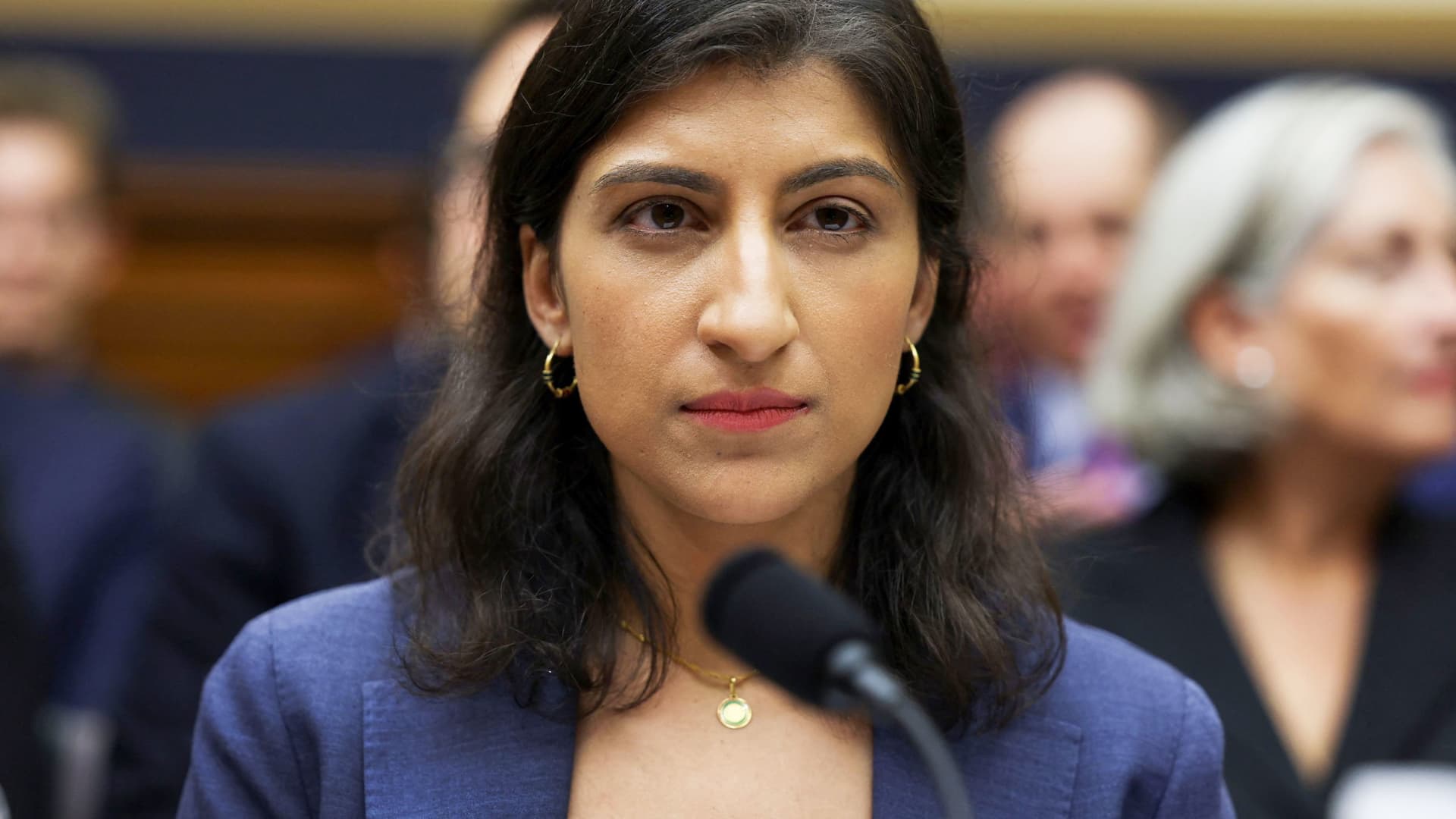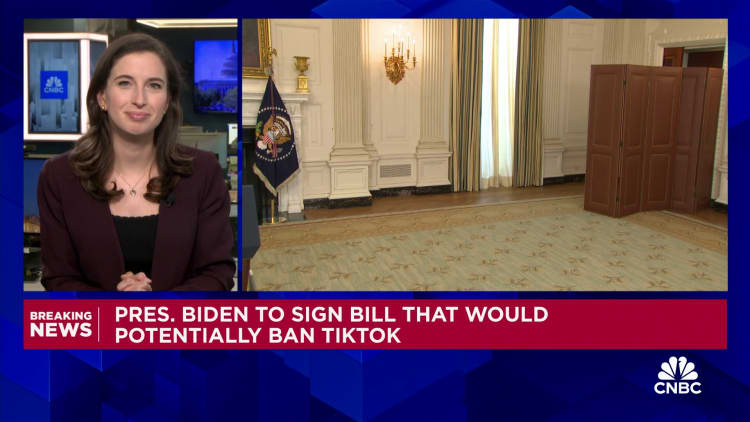Low water levels have forced authorities to reduce the number of ships allowed through the Panama Canal, disrupting global supply chains and driving up transportation costs.
Remarkably, however, the sharp decline in shipping traffic has not – at least so far – led to a financial crisis for the canal, which passes on much of its toll revenue to the Panamanian government.
That’s because the canal authority introduced hefty toll increases before the water crisis began. In addition, shipping companies were willing to pay large amounts in special auctions to secure one of the reduced sailings.
In the 12 months ended September, the canal’s revenue rose 15 percent to nearly $5 billion, even as tonnage transported through the canal fell 1.5 percent.
The Panama Canal Authority declined to say how much money it made through auctions. At a maritime conference last week in Stamford, Connecticut, Ilya Espino de Marotta, the canal’s deputy administrator, said auction fees, which reached as much as $4 million per passage last year, had “helped a little.”
But even now, during a quieter time of year for global shipping, auction fees can double the cost of using the canal. This month, Avance Gas, which ships liquefied natural gas, paid a $401,000 auction fee and $400,000 for regular tolls, said Oystein Kalleklev, the company’s chief executive. The auction fees are ultimately borne by the company whose goods are shipped.
The canal’s financial stability in the face of catastrophic water shortages shows how the people who manage key links in global supply chains are adapting when climate change disrupts operations. It also helps that Latin America has no viable alternatives to the canal, an engineering marvel that opened in 1914 and handles an estimated 5 percent of maritime trade.
However, if delays continue and costs continue to rise, shipping companies could find ways to bypass the canal. Last year, with the canal clogged, ships wanting to travel from Asia to the East Coast of the United States began traveling through the Suez Canal, a much longer journey that uses much more fuel.
Many ships still use a western route from Asia, even after Houthi attacks in the Red Sea forced shipping companies to avoid the Suez Canal and sail around Africa. Mr. Kalleklev said that after his ships delivered their cargo and were empty, they now typically returned to the United States via the Cape of Good Hope.
Although Panama is one of the wettest countries in the world, a sharp decline in rainfall over the past year has deprived the canal of the water it needs for the locks that raise and lower ships into the 40-mile passage between the Atlantic and Pacific Oceans. Climate experts believe that such water shortages could become more frequent.
The weather pattern known as El Niño is initially leading to hotter, drier conditions in Panama, and scientists say climate change could extend the dry spells. Last year, the Panama Canal watershed received 1.85 meters (six feet) of rainfall, well below the historical annual average of 2.6 meters, the canal authority said. Precipitation in the watershed has been below average in six of the past 10 years, including years that were the second, third, sixth and seventh driest since 1950, the agency added.
To conserve water, the authority gradually reduced passages from a normal 36 to 38 ships per day to 22 through December. But higher-than-expected rainfall and canal water consolidation measures allowed it to increase the number of passages to 27 per day .
Although the number of transits is still below normal, the canal is in good financial shape, analysts said.
Verónica Améndola, an analyst at S&P Global Ratings, expects the canal’s revenues in the 12 months to next September to be around the same level as last year, largely due to toll increases. S&P Global estimates that the cost of shipping through the canal will rise from $6 per ton to $10 per ton.
That’s good news for Panama’s government, which relies heavily on payments from the canal and faces skepticism about its deficit from investors in the international bond market. The canal authority expects to pay the government $2.47 billion this year, down slightly from last year’s record $2.54 billion.
Canal royalties and dividends accounted for 24 percent of government revenue in 2023, said Todd Martinez, co-head of the Americas at Fitch Ratings, which analyzes Panama’s government finances.
“The good news is that the drought will not have a terrible impact on Panama’s public finances in the short term because the canal has great pricing power,” Martinez said. “But the bigger problem is that the government can no longer rely on the canal to solve all other budget problems.”
Facing the prospect of permanently reduced rainfall, the canal authority plans to create a large new reservoir that would provide enough additional water to handle an additional 12 to 15 transits per day. Lawmakers still need to approve the project, which the agency estimates will take four to six years to complete. Panama has elections in May, but Ms. Marotta, the deputy administrator, said last week that all presidential candidates had told the authority they supported the reservoir.
“There is a great understanding in Panama that life without the canal would be very difficult to manage,” said Sebastian Briozzo, an analyst at S&P Global Ratings.
Source link
2024-03-21 04:00:09
www.nytimes.com











